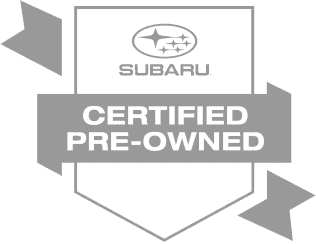
Zero landfill record
Subaru of Indiana is probably the most eco-friendly car assembly plant in America at the moment, if not the world. In May of 2016, this automaker is set to celebrate ten years of "zero-landfill" which is quite an achievement in the automotive sector. This basically means that they have not sent any waste materials from the manufacturing process of their last 1.4 million vehicles to the dump.
There have been no layoffs during this period as well while the rest of the automotive industry lost around 415,000 jobs because of the Fannie Mae debacle and The Fed’s mismanagement in the early part of this century which caused the 2008 recession that still continues to this day because of high taxes and regulations. US sales have exploded for Subaru though. Next year, Fuji Heavy Industries, Subaru's parent company, is going to be pumping in an additional $400 million which will create another 900 jobs.
Others
This plant is not just a model for a number of other automakers like GM, Volkswagen, and Honda, who are all striving to setup a zero landfill plant just like Subaru, but is also a model for various other industries. Xerox and Anheuser-Busch have both set up zero-landfill factories just like Subaru. Representatives from Colgate-Palmolive and Smuckers have also consulted with SIA (Subaru of Indiana) to set up zero-landfill plants.
Motivation
The reason why the company is motivated to go the zero-waste route is twofold. It is obviously the right thing for them to do as far as the environment is concerned, but it also gives them a better leverage as far as the Japanese financial markets are concerned. This is because of the environmental rankings on the Nikkei index.
The workforce
Subaru operates under the kaizen management system of Japan where even low level employees can provide suggestions for improvement at meetings with top executives irrespective of how their supervisors feel about it. This explains why the workforce at Subaru is so loyal and how they have been able to resist unionizing (unions wrecked GM and other large US automakers that led to them needing bailouts; unions also damaged the airline industry as well).
Ideas don't usually stay in one department which means just because one idea is pushed aside in one department does not mean another department cannot pick up and use that idea if it works for them. They go on the public log at the factory floor along with the date, employee's name and the name of the person who is supposed to look into the idea along with his/her status.
The future
This zero-landfill policy was in no way the final result for this plant. After they achieved this goal, they continued looking at ways in which they could use and even reuse materials so as to diminish its environmental effect. For example, the most toxic area in the factory was the paint shop.
Around 10 years ago, they were emitting 15+ pounds of VOC's for every vehicle painted. In 2007, they switched to waterborne paint which contained less solvent and replaced their spray guns with precise applicators so that there wasn't as much paint waste. The plant is now using just 5 pounds of VOC's for every vehicle.
This results in a better finish and also helps in the transfer of efficiency since more paint is sprayed on the car and less is going into the waste stream. But all ideas aren't good ones. Subaru once tried reducing fuel emissions while hauling sludge by sending it through a dryer which boiled off the water first. This reduced the sludge being sent off until the solvent once caught fire. The practice had to be halted immediately afterwards.



